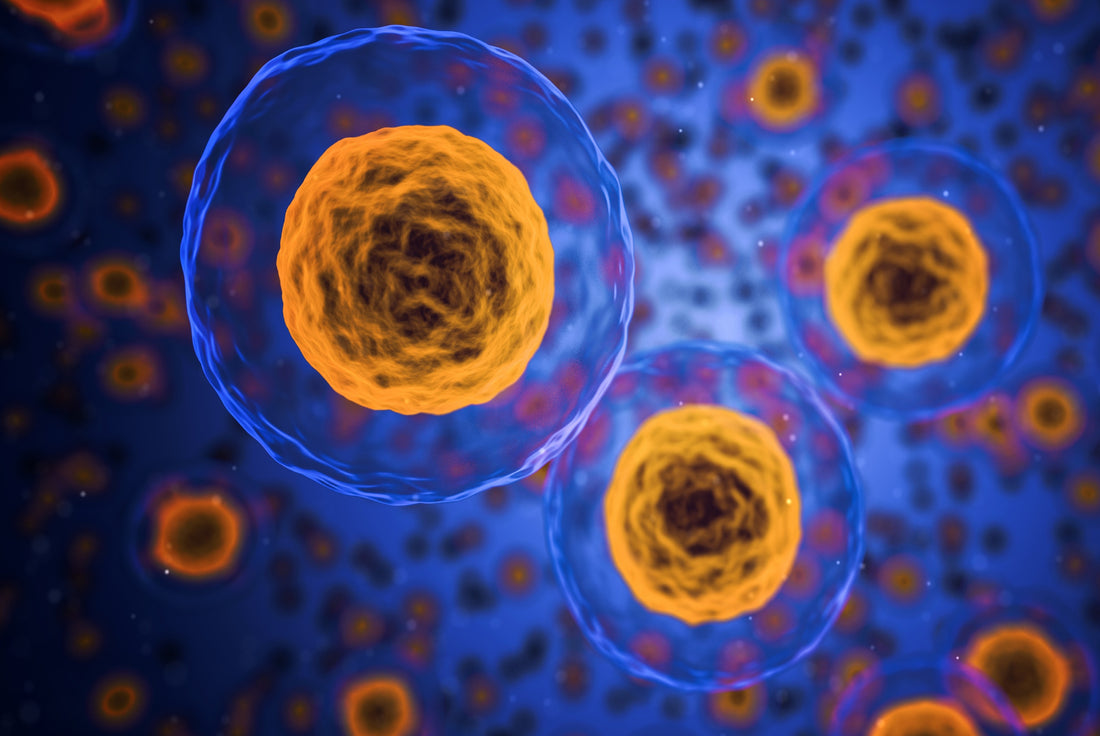It is likely that you know what HIV is, but do you really know how it can affect the body?
What does HIV do to your body?
Known as the human immunodeficiency virus, HIV primarily infects a type of white blood cell found in your immune system called a CD4+ cell (a type of white blood cell also called a T cell). White blood cells (also called leukocytes) are immune system cells that protect your body against both infectious diseases and potential foreign invaders. As the HIV virus progresses, without the intervention of treatment, the continuous destruction of white blood cells inevitably leads to a weakened immune system and consequently increases the risk of contracting wider ranges of opportunistic infections (infections that occur more often or are more severe in people with weakened immune systems than in people with healthy immune systems).
What does the treatment for HIV do?
Treatment of HIV can now:
- Lower a person’s viral load to the point that they cannot transmit HIV to their sexual partners.
- Prevent direct damage to other vital organs.
- Prevent the systemic destruction of CD4+ cells (as the virus infects more cells, ‘apoptosis’ is induced. Apoptosis is basically a form of programmed cell death, whereby the cells are programmed to die in an attempt to prevent more cells from being infected. This process means that the CD4 cell count is drastically lowered whilst preventing overall destruction of cells).
How does HIV infect the body?
Understanding how the virus infects the body is very important in helping to further understand prevention and treatment methods for HIV. HIV is most commonly transmitted through having sex without a condom or drug use via sharing needles. HIV is transmitted through contact with bodily fluids such as blood, semen including pre-cum, vaginal fluid, anal secretions and breast milk.
HIV cannot replicate on its own. Its main goal is to generate multiple copies of itself in order to infect multiple cells. CD4+ cells are vital to the daily maintenance of your immune system. Once HIV enters the body, the virus directly attacks the immune system. It does this by attaching itself onto the T-helper cells.
Here’s the science bit:
HIV is an enveloped virus which essentially means that a lipid and protein structure surrounds the cell and helps to aid the virus in fusing with the host cell. The envelope proteins are comprised of subunits gp120 and gp41 (two glycoproteins) which are found on the surface of the protein. gp120 plays an essential role in the attachment of the virus and helps bind the virus to the receptor sites on the host cell’s membrane. Following this attachment, the virus fuses and takes control of the cell.
HIV belongs to a class of viruses known as retroviruses, more specifically they belong to a subgroup known as lentiviruses that cause disease gradually. A retrovirus is a type of virus that carries single-stranded RNA as its genetic material instead of double-stranded DNA.
Once inside the cell, the viral RNA is converted into DNA and through the process of reverse transcriptase, it replicates itself and new copies of the virus leaves the host cell and infects other cells subsequently releasing more HIV into the bloodstream.

How quickly does HIV progress?
The progression of the virus highly depends on the age and health of the person and how quickly they are diagnosed. And previously, where this meant that HIV inevitably would progress slowly into Acquired Immunodeficiency Virus (AIDs), treatment methods can now help to prevent the virus’ progressing. But the timing of when someone receives treatment can greatly affect their life expectancy.
Throughout the life cycle of HIV, if the virus is able to replicate inside the human body, it will slowly cause the deterioration of the immune system and eventually leave individuals at heightened risks of contracting other infections. The human immunodeficiency virus is still profoundly prevalent in some regions of the world.
What are the two main types of the virus?
HIV-1 and HIV-2
HIV-1 is the most prevalent type of HIV with around 95% of the population living with HIV-1. HIV-2 is mainly present in West Africa but over the years has begun to slowly appear in more regions including Europe, the North Americas and Asia. Though both HIV types are retroviruses and exert the same effects on the body, HIV-1 and HIV-2 are genetically different. See our blog post on ‘The Stages of HIV Infection’ for more information about the course and stages of HIV infection. The effects of the virus are now very well documented and new advances in the understanding of behaviour, transmission and treatment are helping to lead a brighter future for HIV testing. Diagnoses are at a low and people living with HIV now have the chance to live a longer and healthier life.
Click Here To Buy your OraQuick HIV Self Test.
About The Author

Becky Smith
Becky is a post graduate from Bournemouth University with a background in chemistry, biology and epidemiology. She works with the BioSure team as a Quality Manager.

